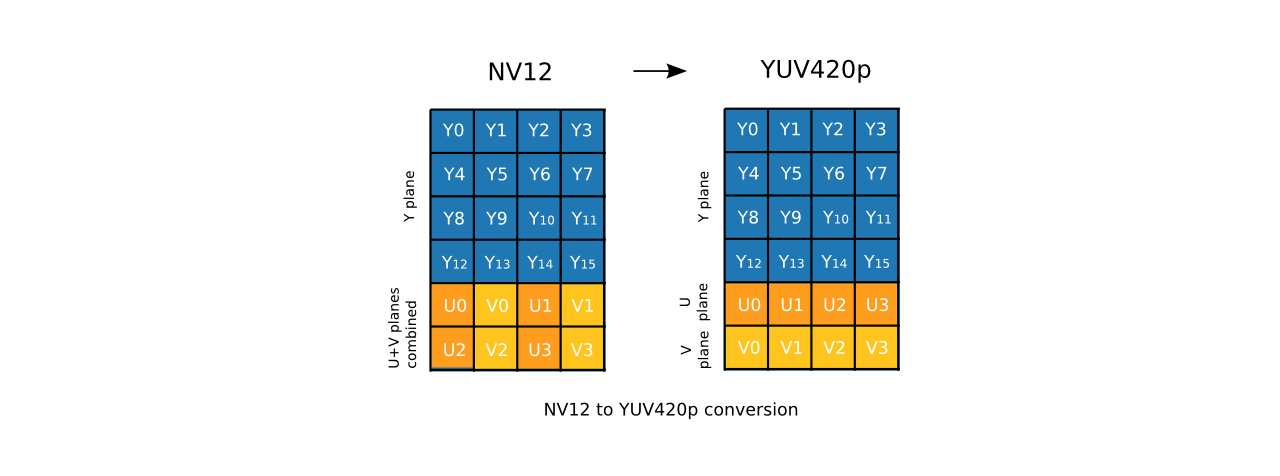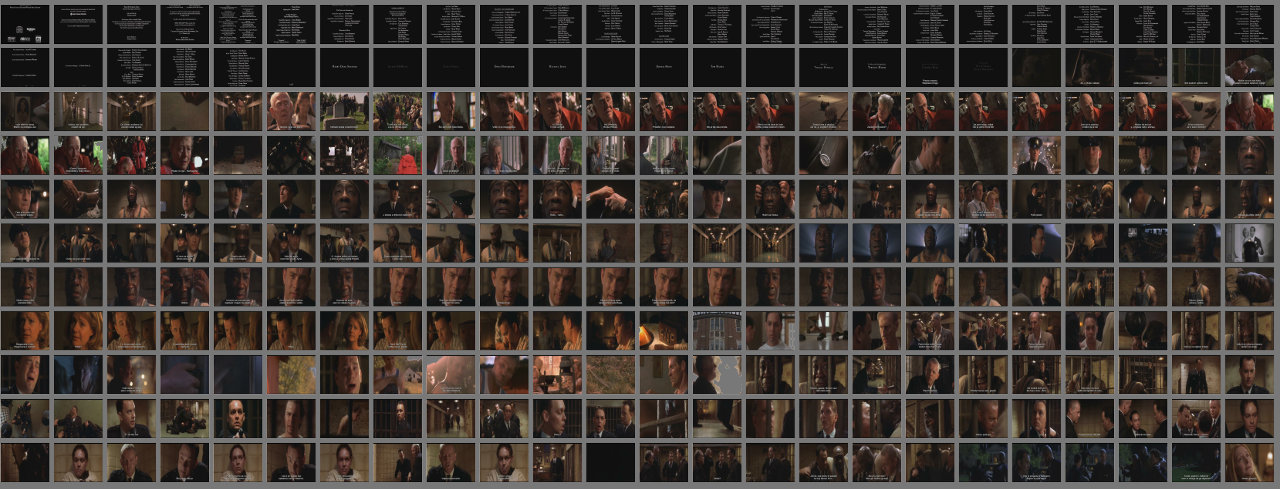Fasthumb is a GPU accelerated high-performance video thumbnail generator designed for large video repositories.
When dealing with terabytes of video files, you eventually realize the thumbnail job you just launched will take hours, maybe even days. If it took you 10 seconds to process 1 GB, 20 TB of video content will take nearly 57 hours to complete.
By using a custom demuxer and leveraging the power of GPU decoding, this can be done in under 3.5 hours. There is nothing groundbreaking in this concept, it just combines several techniques to speed up the process.
FFmpeg is a great piece of software - stable, rich in features and seriously well designed. It can generate thumbnails quite fast, maybe even faster with some options I haven't figured out yet. Because of the large volume of data, I decided to try and roll out my own solution since even a little extra speed was worth it. Also, the -discard nokey FFmpeg option works well on MP4 containers, but seems to have no effect with MPEG TS streams.
Input parameters
Video file - 3.2 GB, 181 min, CBR 2300 kb/s, 720x576 25 FPS PAL, AVC Main@L3.1, 271500 frames total
Thumbnails - 240:192 (scale 3x) JPEG quality 70, 1 every ~10 seconds
-
FFmpeg, multi core on Ryzen 1700
ffmpeg -discard nokey -i input.mp4 -vf "scale=240:192,fps=1/10" -q:v 2 img-%04d.jpgfinished in 21,818 seconds, averaging 12443,85 fps. Not bad at all!
-
Fasthumb - finished in 2,1 seconds, averaging 129285 fps.
Disclaimer - most of the frames didn't even need to get processed, but displaying FPS like this looks way cooler :-)
First thing that affects performance is what the demuxer passes on to the decoder. Since thumbnails are usually spaced few seconds apart, it helps not having to burden the decoder with processing the parts inbetween - these can simply be skipped. It is possible to focus only on the intra/keyframes as they are sufficient to produce a single frame without referencing any other frames before or after.
The ratio of non-keyframes to keyframes and key-frame intervals depend on the encoder settings, but non-keyframes usually take up most of the space (up to 75%) and can be immediately discarded. Also, IDR / keyframes are rarely more than 2 seconds apart. With thumbnail spacing set to 10 seconds, at least 4 out of 5 key-frames can be discarded as well, leaving not more than 10% of the total video payload left to process.
Decoding H.264 requires computing power which is usually the performance bottleneck. Hardware acceleration can make it much faster because the calculations are done in a highly efficient manner.
NVIDIA GPUs, starting with the Fermi generation, come with an integrated hardware video decoder engine. This decoder engine is used to quickly decode the demuxed keyframes and resize the result to desired dimensions.
The decoded image is represented in NV12 image format, and turbojpeg library used for image compression expects YUV420p. NV12 has intertwined U and V planes and YUV420p provides them separately. All of this happens after resize - given the small image dimensions, this doesn't represent a bottleneck and using a CUDA kernel to do the transform would likely be an overkill.
NVIDIA GPU can do JPEG decoding, but according to the documentation it doesn't provide accelerated JPEG encoding. The choice is to either implement a JPEG encoder with partial CUDA acceleration (discrete cosine transform, color transform) or switch to a software library and leverage the CPU for this work.
Halving the width and height reduces the number of pixels 4 times. Consequently, resizing the image to a thumbnail significantly reduces the computational complexity of operations needed to do JPEG compression. This makes it possible to perform compression in software without heavy performance penalties.
The chosen method was using Turbo JPEG library which uses SIMD instructions to accelerate the process.
Some thumbnails generated:
- Nvidia SDK (tested and compiled against CUDA 9.1)
- Turbo JPEG library (install using your distribution package manager)
- GNU C++ compiler
- git clone the repo
- run make
This code is released under the BSD license.
- nvcuvid.h and cuviddec.h are property of Nvidia (great work!)
- parts of code inspired by https://github.com/roxlu/nvidia-h264-decode, thanks!
-
Currently it works only on MPEG TS input files. There may be mp4 support in the next release (if there is one :-))
-
Video PID needs to be known in advance and provided to the program. In large repositories it's often constant. If you need this, drop me a line and I'll add it for you.
-
JPEG naming convention is pretty-much hardcoded (frame number dot jpg), change it as you wish.
-
JPEG generation should probably be multi-threaded, another round of profiling and re-write could possibly improve performance even more. To be determined.
-
This software is ~250 single lines of code, please keep that in mind if you think of a feature it cannot do. It was written over a weekend of coding and I decided to share and (possibly) help somebody out.
If you got this far, thanks for reading and good luck. Drop me a line if you find it useful!




